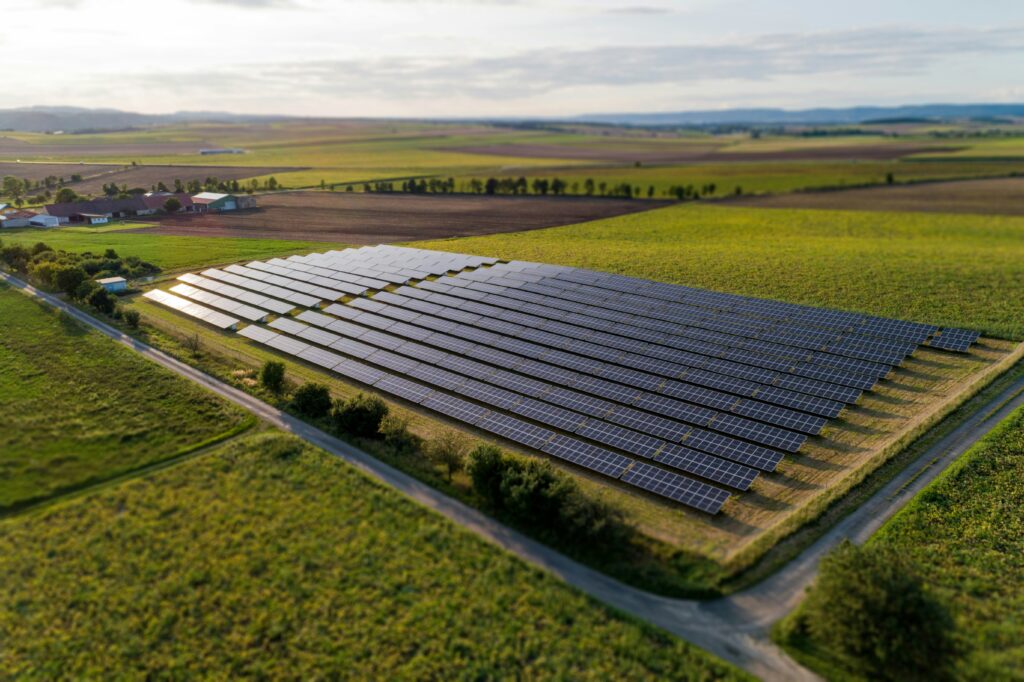One of the fudge factors in climate modeling is the amount of cooling that happens from “aerosols,” aka microscopic pollution particles, in the air. If you insist that greenhouse gases have a powerful warming effect, then to account for the limited warming that actually happened over the past century, you have to also posit that aerosols have a strong cooling effect. If by contrast you assume, or discover empirically, that aerosols only have a weak cooling effect, you will have to dial back your assumption about warming due to GHGs. Either way, the science being long settled and all, you’d think the effects of aerosols and GHGs would be known by now and the guesswork confined to a narrow range. Instead, climate models still include a wide range of possible impacts of CO2, methane and so on, all paired with just enough made-up aerosol cooling crammed in to ensure that the model outputs match the historical surface record. But since aerosol pollution occurs mostly in the Northern Hemisphere, it should be possible to compare the model outputs between hemispheres to figure out how strong their cooling effect really is, and in turn learn how big the GHG warming effect really is. And in a 2021 study some climate modelers led by Chengong Wang of Princeton did just that. Plot spoiler: the low greenhouse gas sensitivity models win.
A key concept here is Equilibrium Climate Sensitivity (ECS), the absolute amount of warming in degrees that you get from doubling the relative share of greenhouse gasses in the air, on which you can find more detail in our Backgrounder video here. ECS depends not just on the direct warming effect of CO2, despite loose talk of a warming blanket of gas and so on, but on the positive (and negative) feedback effects of that warming on other processes. Which is also true of the effect of aerosols, because they do some cooling on their own but also interact with clouds in ways that can amplify, or dampen, their overall impact. And Wang’s study goes into some detail about the way they interact with clouds to determine the overall cooling effect.
Some models assume strong interactions between clouds and aerosols and some assume weak interaction. As with so much of climate modeling, there’s a very high ratio of speculation to empirical measurement when it comes to the various parameters. And the models with the strong interaction effects assign a lot of cooling to aerosols, which also requires or one might say permits a high ECS warming effect to compensate and give the modest temperature increases actually experienced in the last century or so. But if that assumption is correct, there should be an asymmetry between the hemispheres, with the aerosol-heavy Northern Hemisphere seeing much less warming than the Southern, where the high ECS operates without this antidote.
Wang et al. looked at how the models generated asymmetric warming patterns between hemispheres versus the real world asymmetry. And the result, in their own words, was: “the observed warming asymmetry during the mid to late 20th century is more consistent with low ECS (weak aerosol indirect effect) models.” High ECS models and low ECS models can both reproduce the global average temperature path, because they are told to do so; the modelers run simulations on their initial assumptions, examine divergences from actual data, and then tweak the assumptions repeatedly until they get a match. But if you ask them to reproduce the asymmetric hemispheric patterns as part of this process of “fine-tuning” the high ECS models get noticeably worse. Which matches other lines of evidence we have already shown, here and here, about the fact that the mother of all assumptions, that CO2 drives temperature and drives it relentlessly upward, is empirically unsound.



Doesn’t fit the narrative
So unknown to the general media